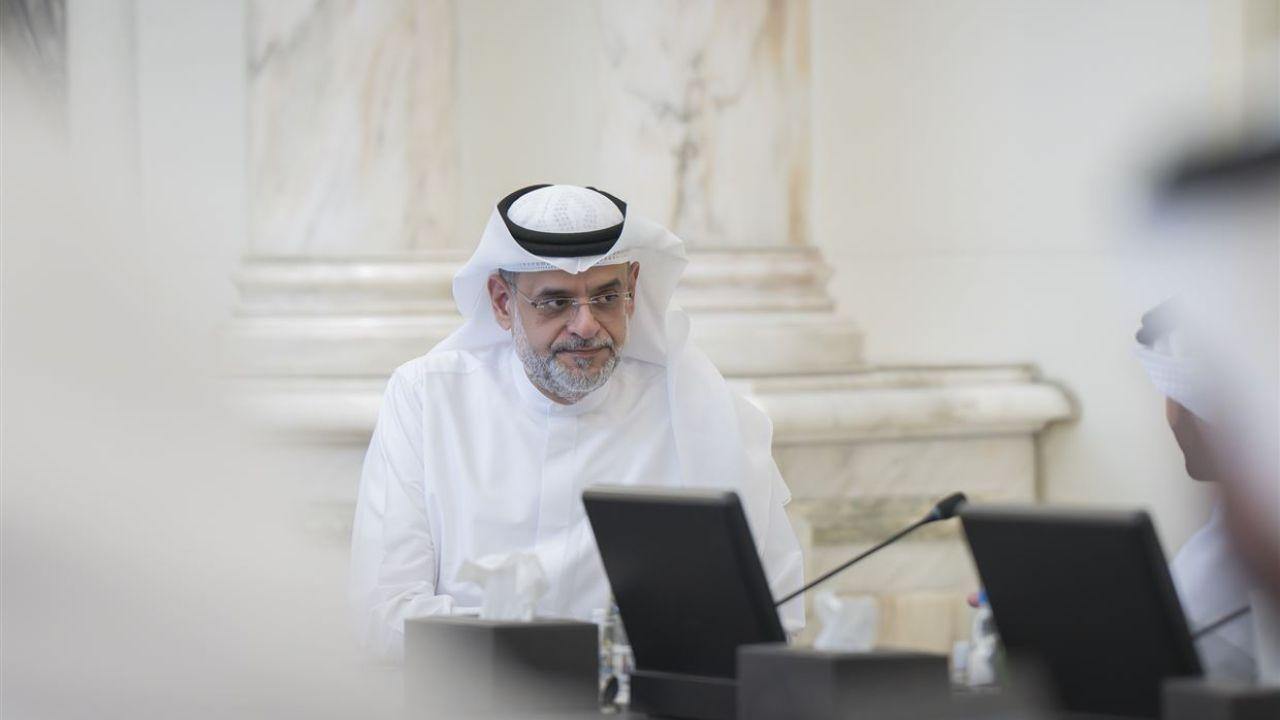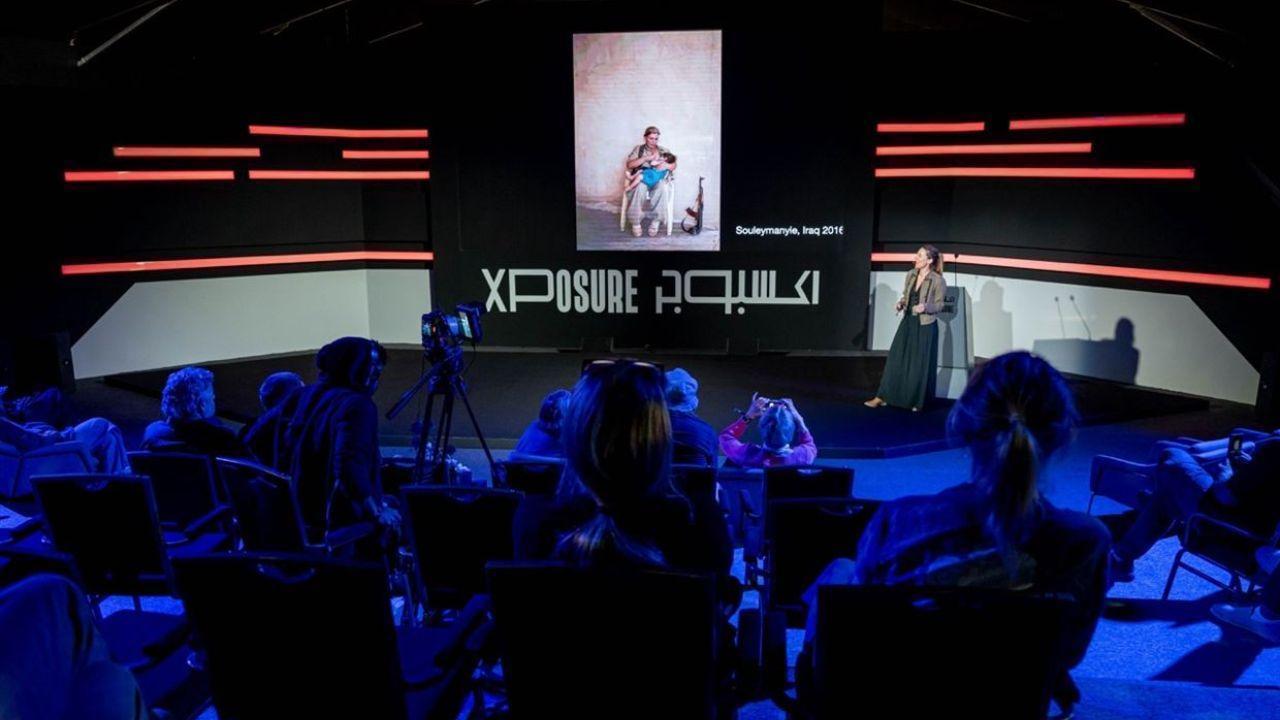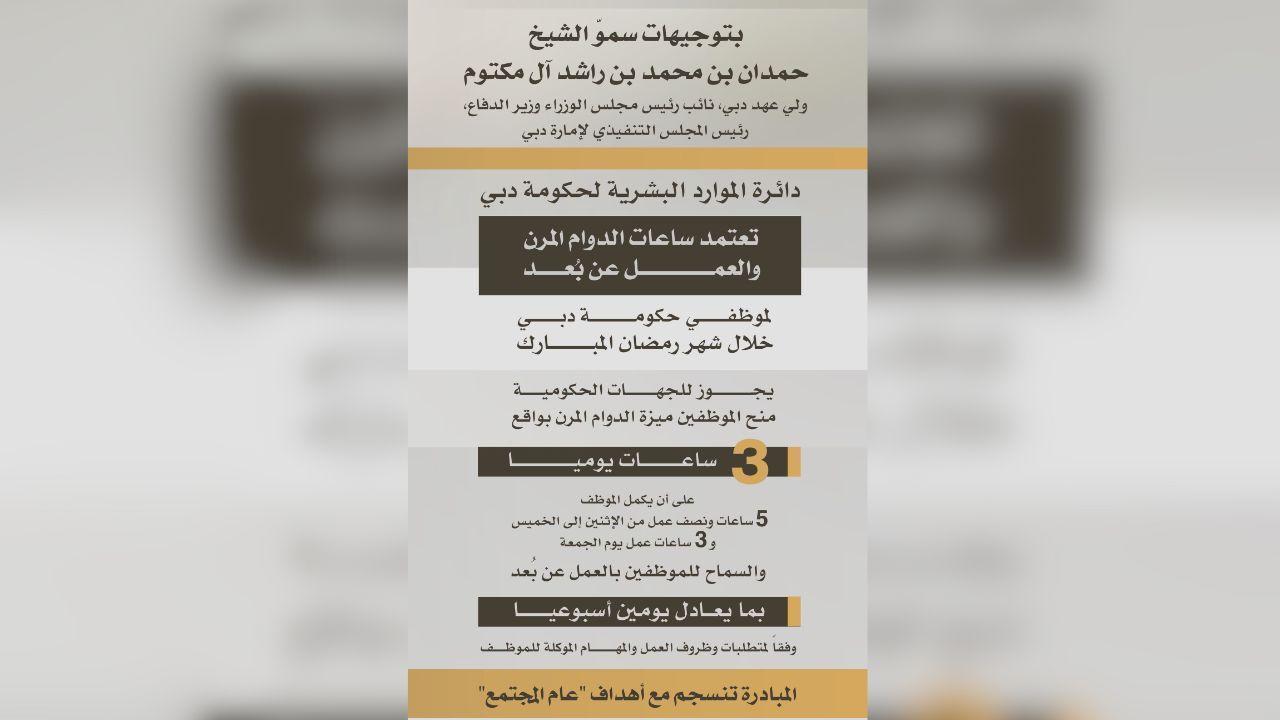
In today’s education system, keeping students motivated and engaged can be a challenge. Traditional teaching methods often fail to capture the attention of young learners who are accustomed to the interactive and dynamic nature of video games. Fortunately, gamification has emerged as a powerful solution. By applying game-like elements to learning activities, educators can transform the classroom experience, making it more enjoyable, engaging, and motivating. In this article, we’ll explore 7 gamification strategies that can boost student motivation and achievement.
One of the simplest and most effective gamification strategies is the use of a reward system. By rewarding students with points, badges, or virtual prizes for completing tasks, participating in class discussions, or achieving certain milestones, educators can create a sense of accomplishment. These rewards tap into students' intrinsic motivation, encouraging them to stay engaged and keep improving.
For instance, a classroom can set up a point system where students earn points for different achievements. The more points they accumulate, the greater the reward they receive. This strategy not only motivates students but also fosters healthy competition and collaboration among them.
Gamification thrives on the concept of progression. Just as in a video game, students enjoy advancing through different levels as they achieve goals. By incorporating levels into your teaching, you can help students see their progress and set clear objectives to work towards.
For example, divide the learning material into different "levels" or stages. As students master each level, they can move on to more challenging tasks. This creates a sense of accomplishment and encourages students to push themselves further. Additionally, it allows educators to track students’ progress and provide more targeted support when necessary.
Interactive quizzes and challenges are excellent tools for gamification. These activities not only assess student learning but also make the process fun and engaging. By incorporating elements like time limits, leaderboards, or mini-competitions, educators can turn assessments into exciting, game-like experiences.
For example, you could use an online quiz platform that awards students points for correct answers and ranks them on a leaderboard. This adds a competitive element that drives students to perform their best. Whether in small groups or individually, quizzes can be a great way to enhance motivation while reinforcing key concepts.
While gamification often focuses on individual achievement, it can also be used to promote collaboration. Team-based activities are a fantastic way to foster teamwork while still incorporating game elements. Students can work together to complete challenges, solve problems, or create projects, which not only boosts motivation but also teaches important social and communication skills.
For example, create a team competition where students collaborate to answer questions or solve a problem. The team that performs best gets rewarded with points or badges. This approach encourages peer learning and helps students develop a sense of community within the classroom.
5. Implement Time-based Challenges

Incorporating time-based challenges into lessons can significantly increase student engagement. The urgency and excitement of racing against the clock are powerful motivators that drive students to focus and complete tasks quickly. This strategy can be applied to a variety of activities, from completing a worksheet to solving a series of math problems.
For instance, give students a set amount of time to finish a challenge, and award extra points or badges for those who complete the task within the time limit. Not only does this create a sense of urgency, but it also encourages students to think quickly and efficiently, enhancing their problem-solving abilities.
Another effective gamification strategy is the use of storytelling. By turning lessons into exciting narratives or quests, teachers can captivate students’ imaginations and keep them invested in the material. Storytelling provides context to lessons, making them more relatable and memorable.
For example, a history lesson could be framed as a quest where students take on the roles of historical figures and “travel” through time to solve problems or make decisions. This immersive experience makes learning more enjoyable and gives students a deeper understanding of the subject matter.
Feedback is a critical component of gamification. In video games, players receive immediate feedback on their performance, and this quick response helps them improve and stay motivated. In the classroom, regular feedback allows students to understand where they stand and how they can improve. When combined with recognition, feedback can be a powerful motivator.
Create a system where students receive immediate feedback after completing tasks, assignments, or challenges. This could be in the form of verbal praise, written comments, or digital badges. Recognizing students for their achievements, both big and small, keeps them motivated and focused on their goals.
In today’s education system, incorporating game-like elements into learning can significantly boost student motivation and achievement. By making lessons more interactive and enjoyable, educators can capture students’ attention and keep them engaged. One of the most effective methods is using reward systems, such as points, badges, or virtual prizes, to celebrate students’ accomplishments and encourage continuous effort. This creates a sense of achievement and healthy competition, which motivates students to perform better.
Introducing levels and progression into learning is another powerful strategy. By breaking down tasks into manageable stages, students can track their progress and stay motivated to reach new milestones. Adding interactive quizzes and challenges that involve time limits and leaderboards turns assessments into exciting, competitive experiences, driving students to do their best.
Collaboration plays a crucial role too. Team-based activities encourage students to work together, strengthening their social and communication skills while still making the learning process fun. Time-based challenges can also be used to create a sense of urgency, motivating students to think quickly and improve their problem-solving abilities. Additionally, incorporating storytelling into lessons turns complex topics into engaging narratives, helping students better connect with and retain the material.
Lastly, regular feedback and recognition are essential for maintaining student motivation. Providing immediate feedback allows students to see their progress and areas for improvement. Recognizing their achievements, both big and small, encourages them to stay focused on their learning goals and continue working towards success.
Together, these strategies create a more engaging and enjoyable learning environment, leading to increased motivation and improved student outcomes.
Disclaimer: This content is provided by 'dxb news network' for informational purposes only. Always consult with an educational expert before incorporating game-based elements into your teaching methods.
#trending #latest #Gamification #StudentMotivation #LearningStrategies #EducationalGames #ClassroomEngagement #AchievementBoost #InteractiveLearning #TeachingMethods #StudentSuccess #EducationTips #MotivationInEducation #ActiveLearning #breakingnews #worldnews #headlines #topstories #globalUpdate #dxbnewsnetwork #dxbnews #dxbdnn #dxbnewsnetworkdnn #bestnewschanneldubai #bestnewschannelUAE #bestnewschannelabudhabi #bestnewschannelajman #bestnewschannelofdubai #popularnewschanneldubai

Lisa’s flirty charm in The White Lotus S3 has fans raving about her effortless acting...Read More.

Khalifa Sultan highlights slowness in photography to capture life's untold stories...Read More.
 Louvre Abu Dhabi launches 5th Art Here & Richard Mille Art Prize
Louvre Abu Dhabi launches 5th Art Here & Richard Mille Art Prize
Louvre Abu Dhabi's Art Here 2025 explores light, shadow, and shared Gulf-Japan traditions
 Chelsea Crush Southampton, Aston Villa Lose to Crystal Palace in CL Race
Chelsea Crush Southampton, Aston Villa Lose to Crystal Palace in CL Race
Chelsea secured a 3-0 lead in the first half with goals from Nkunku, Neto, and Colwill, marking thei
 Sharjah Crown Prince presides over Executive Council meeting
Sharjah Crown Prince presides over Executive Council meeting
HH Sheikh Sultan bin Mohammed chaired Sharjah's Executive Council meeting Tuesday
 Hamdan bin Mohammed welcomes Hazza bin Zayed during visit to Dubai
Hamdan bin Mohammed welcomes Hazza bin Zayed during visit to Dubai
Sheikh Hamdan met Sheikh Hazza and a delegation at Dubai's Global Investor Summit
 Pope Francis in Critical Condition with Kidney Issues, Remains Alert Amid Prayers
Pope Francis in Critical Condition with Kidney Issues, Remains Alert Amid Prayers
Pope Francis, 88, is in critical condition with kidney failure but remains alert
Fans praise BLACKPINK’s Lisa’s flirting in The White Lotus S3: ‘Natural

Lisa’s flirty charm in The White Lotus S3 has fans raving about her effortless acting
Emirati photographer urges capturing everyday moments at Xposure 2025

Khalifa Sultan highlights slowness in photography to capture life's untold stories
Aldar & Abu Dhabi Hospitality Academy – Les Roches Launch Aldar CX Academy

Aldar launches CX Academy with Abu Dhabi Hospitality Academy – Les Roches to enhance service
Hazza bin Zayed reviews culture, tourism progress with Al Ain delegation

Sheikh Hazza bin Zayed meets DCT Abu Dhabi team led by Mohamed Khalifa Al Mubarak
Beyond gloom and gore, Veronique de Viguerie captures humanity in conflict

French photographer shares powerful stories of resilience at the International Photography Festival
Jeff Dunas Shares 50 Years of Photography Lessons at Xposure 2025

Jeff Dunas shares his journey from rock photography to masterful visual storytelling
ADDED & ADREC partner to upskill UAE National real estate agents in Al Ain

ADDED & ADREC partner to upskill UAE Nationals as real estate agents in Al Ain Region
DGHR approves flexible & remote work policy for Dubai Govt employees in Ramadan

DGHR approves flexible & remote work policy for Dubai govt employees in Ramadan 2025

a little girl named Donna Mae Josephine Carillo
Ananya Panday stuns as an angel on her first Vogue cover at 26 in bold look

Ananya Panday graces her first Vogue India cover in a sheer blouse and leather shorts
3001E, 30 Floor, Aspin Commercial Tower, Sheikh Zayed Road, Dubai, UAE
+971 52 602 2429
info@dxbnewsnetwork.com
© DNN. All Rights Reserved.